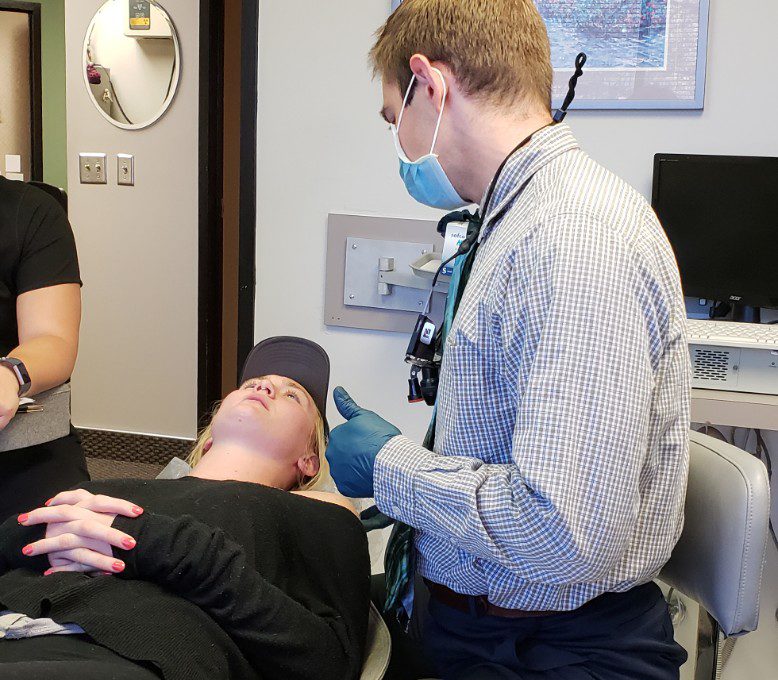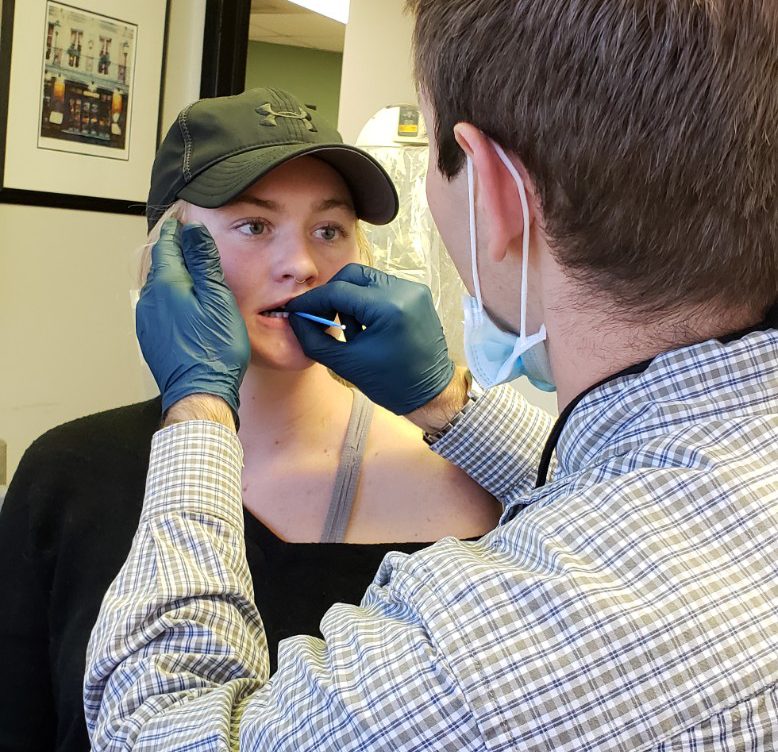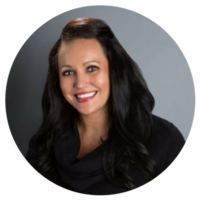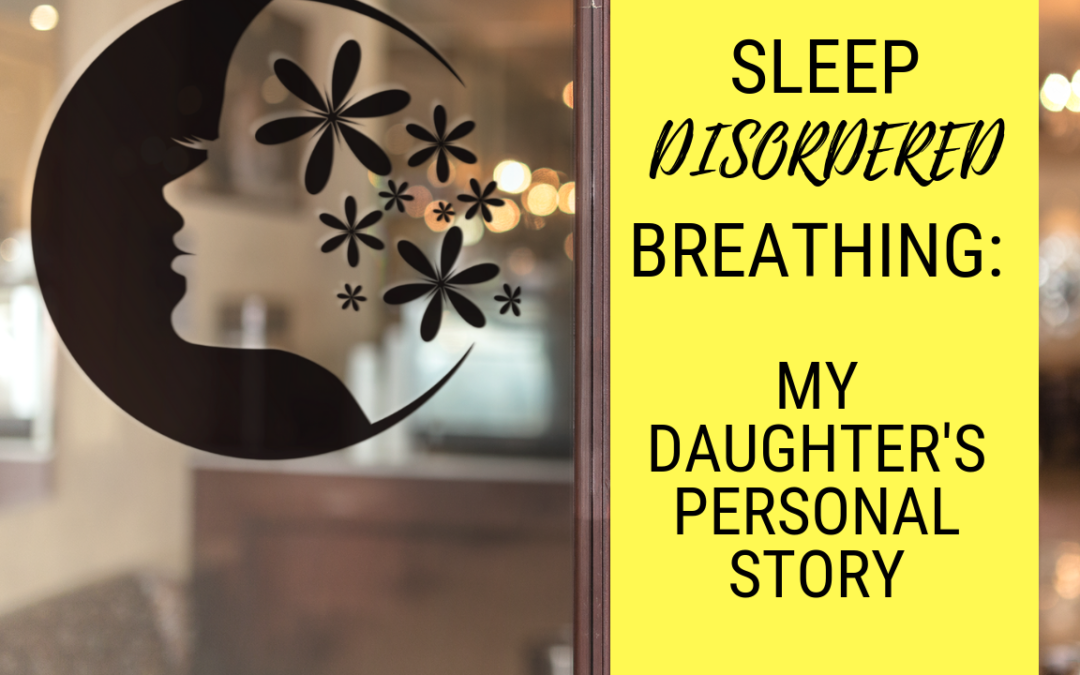Looking Back
I never knew Taylor had a sleep problem, until very recently. She was a junior in college, suddenly hitting rock bottom, struggling with crippling anxiety and depression (unbeknownst to me). She dropped out of college, not caring about what the future held for her. Becoming close friends with depression, she sometimes didn’t care whether she lived or not, so going to her fashion design classes clearly weren’t a priority.
During this time of trying to help Taylor get back on her feet, I learned that she had no motivation, no energy, was exhausted all the time and sick often. Being the momma bear that I am, I assumed that she was being a typical college student and burning the candle at both ends, living on a steady diet of brewskis, and not getting any sleep.
Not true. I learned that Taylor spends 8-12 hours in bed on most nights but doesn’t sleep well. Some of the reported problems she has each night are:
- Night terrors
- Leg cramps
- Teeth grinding/clenching
- Insomnia
- Sleeps very light
- Restless
- Gasping and sitting upright at night
- Anxiety
Of course, as she was telling about her terrible sleep, my myofunctional radar was going “beep, beep, beeeeeeeeeeeeeeeeep”. I immediately knew that Taylor had sleep disordered breathing. This is where I had to practice what I preach! I talk with many people each week who have questions about sleep disordered breathing, and I always tell them to please get it checked out, or get an exam with a myofunctional therapist.
What We Did First
Our first step was a CBCT scan which showed she had less than ideal airway volume. Next, we had a sleep study. Which, interestingly enough, showed that she had sleep apnea on her back, but not in the other positions, so when averaged out only gave her an AHI of 4.7. The AHI is the apnea-hypopnea index, which is how they diagnose obstructive sleep apnea. She was not “bad enough” to diagnose her sleep apnea. However, when you looked at her arousals per hour, she was basically being aroused from sleep every 4 minutes. She didn’t stop breathing (apnea) or have shallow breathing (hypopnea), so it didn’t count towards her AHI. How exactly does a person get that deep, restorative sleep when they are being aroused every 4 minutes? The answer is easy……they don’t. They don’t dream. They don’t rest well. They don’t wake feeling refreshed. And they don’t stay healthy. Taylor was no exception.

Next, Find the Right Person
This is the hard part. Not all, in fact not many, providers will have the knowledge and expertise to successfully treat the problem at hand. Taylor had already been given some treatment suggestions, but none felt right to me. The suggestions seemed to simplistic to me. As a myofunctional therapist, I looked up to Dr. James Bieneman, and I knew he was the guy to help us. We visited his office and spent 90 minutes digging into Taylor’s sleep concerns. There are many signs and symptoms to evaluate when trying to get to the bottom of SDB.



Making Matters Worse: Why Correct Craniofacial Growth Matters
Taylor sucked her thumb for years, resulting in problems that we chose to “fix” with orthodontics. We didn’t know better at the time, and I guess neither did the orthodontist. He placed her in cervical pull headgear which pulled her maxilla backwards. She wore this headgear for many months during critical facial growth times. When her facial growth should have been guided forward, it was pulled backwards, compromising both her temporomandibular joint (TMJ) and her airway.
What We’ve Learned So Far
Taylor has a very narrow, retruded maxilla and mandible, airway concerns and not too many options for correction. This information was met with some tears and emotion, as she was hoping that she could “just be fixed”. Dealing with her TMJ issues is going to require one type of treatment and her sleep concerns, another.

What Is Next
First is another sleep study, in a sleep lab to see if we can get an accurate diagnosis for the sleep apnea. There is a condition called Upper Airway Resistance Syndrome (UARS) which is common in women and could possibly be what Taylor is suffering with, but first we must rule out OSA.
Follow us next time as we embark on the sleep study! In the meantime, please take sleep disordered breathing seriously! I also encourage you to educate yourself on the difference between traditional orthodontics and orthotropic type orthodontics that focus on the forward growth of the face.
How Myofunctional Therapy Can Help
Don’t get me wrong. Taylor isn’t going to “tongue exercise” her way out of an airway or sleep crisis. However, the myofunctional impairment that she suffers from isn’t helping her case at all. The low postured tongue that she currently has, inhibits the airway support that she needs. When the tongue is up, it is supporting the airway and the correct posture helps keep it from being an airway obstacle. Myofunctional therapy is shown to be an effective tool in treating mild-moderate obstructive sleep apnea, after a period of 3 months, 30 minutes a day. For this reason, Taylor has started myofunctional therapy with me and was placed into my snoring/sleep apnea program. This is a great place for her to start while working to get the other pieces of the puzzle into place. If you want to learn more about the program, you can click here.
If You Have Concerns
By now you should feel like this stuff is very important to me. This is why I do what I do. This is why I feel so passionate about educating people. I seize every opportunity to make a difference. Don’t let another year, month, day, or hour go by that you don’t consider the serious consequences of SDB. At a minimum, schedule a free 30 minute assessment with me so we can visit about your concerns.

About Carmen
Carmen found her path of passion years ago as a dental hygienist. After a stint in graduate school to earn her M.B.A., she left clinical hygiene practice to start her business, Integrative Myofunctional Therapy. In addition to seeing clients in her private online practice, she also teaches the craft of myofunctional therapy in her Myo Mastery Program, coaches dental offices on how to implement myofunctional screening into the daily practice, and speaks frequently in various settings.


